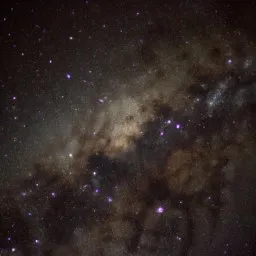How to Take Astronomy Photography: A Beginner's Guide
Astronomy photography is a fascinating way to capture the beauty of the night sky and celestial bodies. This beginner's guide will help you understand the fundamentals of astronomy photography and how you can start taking your own stunning pictures of the cosmos.
Necessary Equipment
To get started in astronomy photography, you will need some essential equipment. The first is a DSLR or mirrorless camera with long exposure capability. This will allow you to capture faint light from stars and other celestial bodies. Also, you'll need a sturdy tripod to keep your camera steady during those long exposures.
Other useful equipment includes a remote control or cable release to prevent camera shake when pressing the shutter, and a wide-angle lens or telescope to capture a wide section of the sky.
Configuring Your Camera
Setting up your camera correctly is crucial for astronomy photography. First, you'll need to adjust your camera's ISO setting. A higher ISO will allow your camera to capture more light, but it can also result in more image noise. A good starting point is an ISO between 800 and 3200.
Next, set your lens aperture (or f-stop) to the widest possible setting. This will allow the most amount of light to enter the camera. Finally, set the exposure time. To avoid star trails due to Earth's rotation, you can use the rule of 500: divide 500 by the focal length of your lens to get the maximum exposure time in seconds.
Finding the Right Location
For astronomy photography, you will need to find a location with little or no light pollution. The darker the sky, the more stars and other celestial bodies you can see. There are many maps and apps available that can help you find places with dark skies in your area.
Composition and Focus
Once you've found the perfect spot and set up your camera, the next step is to compose your image. Try including interesting elements in the foreground to add depth and scale to your image. To focus, set your lens to manual focus and set it to infinity. You may need to adjust slightly from infinity to get perfect focus.
Post-Production Editing
After capture, post-production editing is an important step in astronomy photography. Programs such as Adobe Lightroom and Photoshop can be used to adjust contrast, brightness and other elements to bring out the details in your images.
With practice and patience, you can capture amazing images of the night sky. Remember that astronomy photography is as much an art as it is a science, so don't be afraid to experiment and make your own discoveries.








